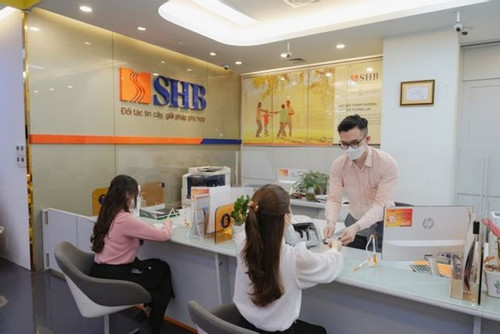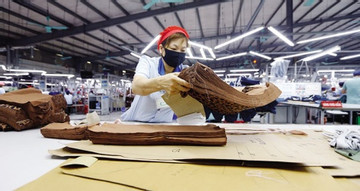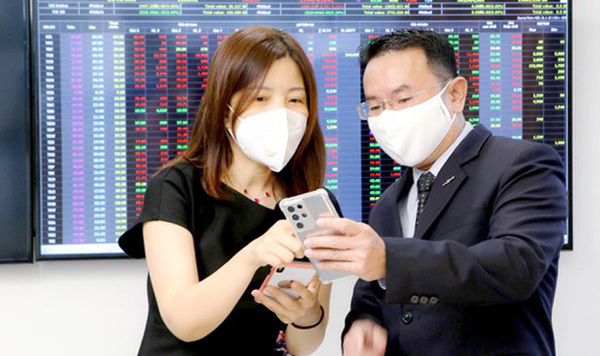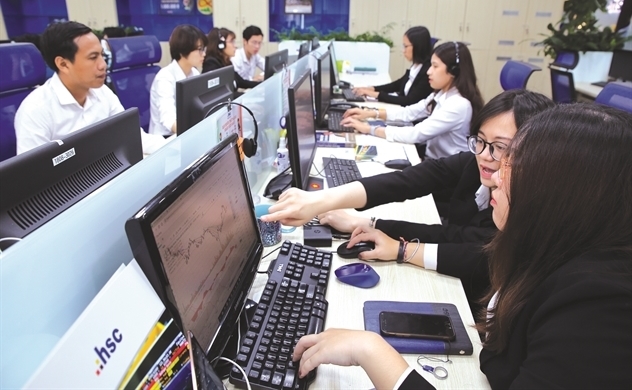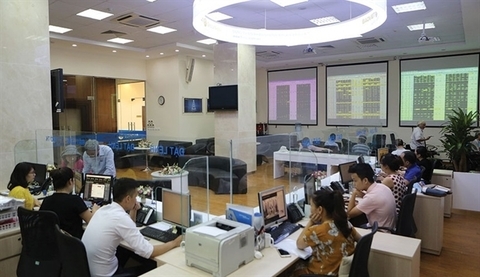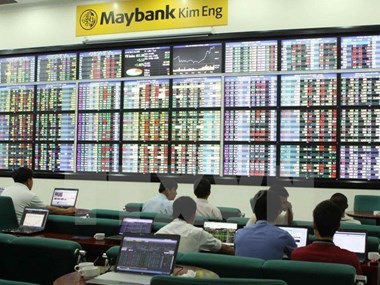- © Copyright of Vietnamnet Global.
- Tel: 024 3772 7988 Fax: (024) 37722734
- Email: [email protected]
foreign capital
Update news foreign capital
Many industry stocks draw foreign capital in October
Many stocks unexpectedly received a large amount of capital inflows from foreign investors, especially some banking stocks, even though the market went down in October.
Textile and garment industry still has great demand for foreign capital
The textile and garment industry still has a great need to attract foreign capital for the production of fabrics, yarns and accessories to serve export needs to take advantage of tariff preferences from free trade agreements (FTAs).
From national credit to corporate credit: answer to cheap capital
Vietnam's credit rating, which is still rated at BB is one of the reasons why Vietnamese enterprises have limited access to international capital and have high borrowing costs.
Foreign capital returns to Vietnam’s stock market
Foreign investors net sold billions of US dollars on Vietnam’s stock market in 2021, but in the first month of 2022, the foreign capital flow has started to return.
Vietnam hopes to attract huge capital as central banks print $6 trillion
 Experts say Vietnam has the opportunity to attract more foreign portfolio investment as central banks are launching $6 trillion in quantitative easing programs in 2020.
Experts say Vietnam has the opportunity to attract more foreign portfolio investment as central banks are launching $6 trillion in quantitative easing programs in 2020.
Novaland attractive to foreign investors, why?
Novaland Group, a leading real estate developer in Vietnam, received the second disbursement of US$101 million from the international syndicated loan worth $250 million in late March 2020.
Trading liquidity key to market growth
 Trading liquidity is key to luring foreign capital into the Vietnamese stock market in 2020 when the local equity market is being weighed down by negative ratings and global developments.
Trading liquidity is key to luring foreign capital into the Vietnamese stock market in 2020 when the local equity market is being weighed down by negative ratings and global developments.
Foreign capital inflow brings both opportunities and challenges
 Experts are concerned about the quality of foreign investment and the capability of Vietnam to use the capital.
Experts are concerned about the quality of foreign investment and the capability of Vietnam to use the capital.
Foreign capital pouring into Vietnam: an opportunity or a challenge?
 The foreign capital inflow into Vietnam through M&As soared in the first nine months of the year, raising concerns about an economic crisis like the one that occurred 10 years ago.
The foreign capital inflow into Vietnam through M&As soared in the first nine months of the year, raising concerns about an economic crisis like the one that occurred 10 years ago.
Vietnamese stock market attracts foreign investment
 Vietnam’s stock market has been evaluated as a bright spot in the region in terms of growth speed and foreign capital absorption for years, according to Chairman of the State Securities Commission (SSC) Tran Van Dung.
Vietnam’s stock market has been evaluated as a bright spot in the region in terms of growth speed and foreign capital absorption for years, according to Chairman of the State Securities Commission (SSC) Tran Van Dung.
More foreign capital being poured into securities companies
VietNamNet Bridge - Thanks to foreign investment capital, many unknown securities companies have become rivals in the market.
Foreign capital returns to Vietnam’s banks
VietNamNet Bridge - Vietnam’s banking sector, after overcoming a difficult period because of high bad debt in 2012-2014, has begun recovering.
Vietnamese banks rush to seek foreign capital
VietNamNet Bridge - Commercial banks are now borrowing capital from foreign banks and financial institutions when they need more medium- and long-term capital.
Foreign capital flow into VN depends on FED moves
The US Federal Reserve plans to raise the prime interest rate of the dollar once more, while the 10-year term US government bond interest rate has exceeded the 3 percent per annum threshold.
Vietnamese businesses open the door to foreign investors
VietNamNet Bridge - More and more Vietnamese manufacturers are calling for foreign investment to implement their business expansion plans.
Stock market expected to be strong in 2017
Thanks to the monetary policy maintained by the State Bank (SBV) in 2016, cash flow to the stock market was strong, which helped support the VN Index. Will the same trend occur in 2017?
Real estate market warms up, but prices unchanged
VietNamNet Bridge - Though demand has increased as foreigners are now allowed to own houses in Vietnam, real estate developers dare not raise selling prices.
Banks still unsure about listing shares on bourse
VietNamNet Bridge - Many banks began preparing to list shares on the bourse for many years, urged by the State Bank (SBV). But no further progress has been made.
More Vietnamese brands acquired by foreign investors
VietNamNet Bridge - Some Vietnamese brands have left large cities for rural areas, while others are under pressure from foreign competitors as the country integrates more deeply with the world economy.
Vietnamese banks compete with foreign banks for overseas remittance service
VietNamNet Bridge - Vietnam is one of the biggest kieu hoi (overseas remittance) recipients in the world. But most profits from overseas remittance services go to foreign institutions’ pockets.
